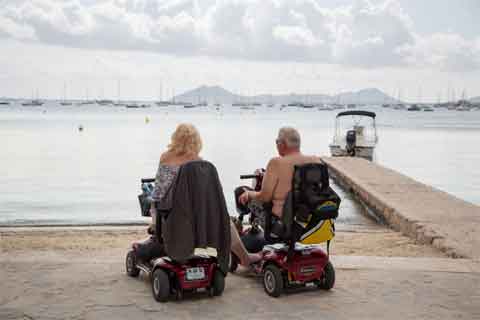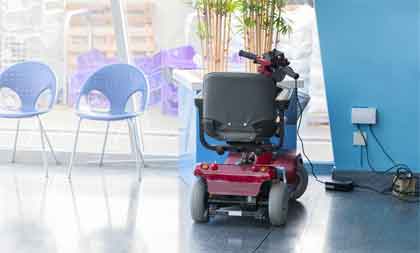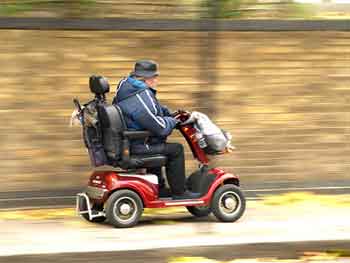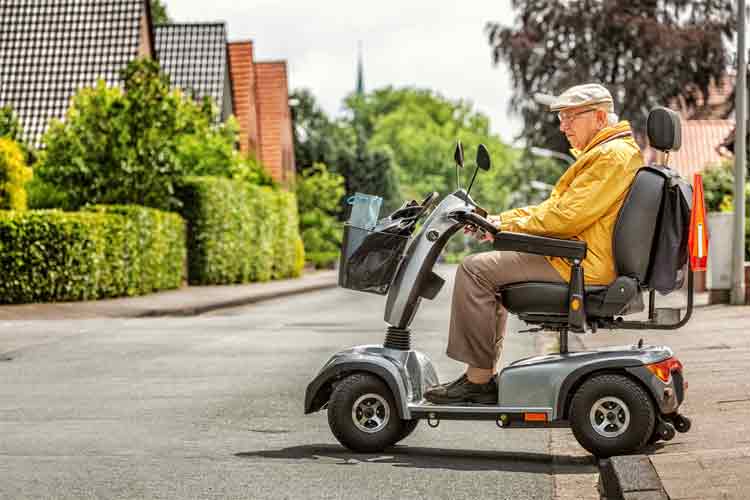Mobility scooter commercials abound, depicting the newfound “independence” of their users, but at the same time, mobility scooters force your upper body into a harmful sedentary state. In many cases of people who use mobility scooters, or in people who are looking into acquiring a mobility scooter, these individuals have full function of their upper body. Unlike a manual wheelchair, the mobility scooter will eliminate considerable use of the shoulders, arms and even hands.
Mobility scooter rental universal studios, This article pertains ONLY to people who, despite having difficulty walking or being unable to walk, STILL have normal use of their upper body. They may not be as strong as they used to be, as far as lifting a heavy package to head level or unscrewing tight jar lids, but as far as day-to-day tasks that require the use of the arms and shoulders, they are still quite functional. This article does NOT pertain to users of mobility scooters who have handicapped function in their upper bodies that make maneuvering a wheelchair difficult.

With that said, I strongly recommend that you think very hard about trading your manual wheelchair for a mobility scooter; or, if you currently don’t use a wheelchair, think about perhaps getting the manual wheelchair instead of the mobility scooter. Manual wheelchairs are designed to be easily rolled about and maneuvered by people with limited upper body strength. I’m a certified personal trainer, and it’s so incredibly important to keep the body moving – whatever parts can still move — throughout all phases of life. If your upper body is functional, giving this up as a result of relying on a mobility scooter will prove harmful in several ways.
I have actually seen people with limited upper body abilities maneuver around in manual wheelchairs. These are people with spinal cord injuries to their cervical neck region, rendering them partially quadriplegic; no lower body movement, and partial upper body movement. Though they cannot use their hands, they can still push the wheelchair by pressing their hands to special knobs on the wheels. If semi-quadriplegics can do this, then people with FULL use of their hands can certainly manage a wheelchair.
I knew a few young adults while in college who used mobility scooters, even though they had full function of their upper body, arms and hands. Ironically, one of the wheelchair users in my dorm was a semi-quadriplegic who couldn’t hold a pencil!

By using a mobility scooter, you will now be burning minimal calories, and unhealthy weight gain is inevitable. Your legs won’t be walking, and if you’re using a mobility scooter, the upper body won’t be moving much, either. The mobility scooter has now reduced you to a very sedentary state, which is very unhealthy, and not just because of the weight gain. Even if you don’t gain weight, the new inactive state of your upper body will have the same consequences as lack of exercise for an able-bodied person will: increased risk of various diseases, and shortened life span.
Walking from point A to point B burns calories and gives the body a baseline level of exercise. If you use a wheelchair, the upper body replaces the legs and you will still get a nice baseline level of exercise throughout the day, rolling from point A to point B. If you use a mobility scooter, your shoulders and arms become very passive because all they do is rest, while the hands remain placed on the mobility scooter’s front bars for electric control and some subtle steering. Your upper body becomes virtually immobilized with a mobility scooter. So now, the entire body is in a passive state throughout your waking period, and this is detrimental to health and fitness.
The fact that you may be using your upper body, while in the mobility scooter, to do things such as knit, crochet, work in the tool shop, weld, build a birdhouse, bake pies, make bread, etc., should be of no consolation, because these are transient, intermittent activities. Walking is not intermittent because we just do it so often throughout the day. When the arms replace walking, by pushing a wheelchair, this upper body activity is anything but intermittent.
So if your hands are busy while you live in the mobility scooter, don’t let that fool you. For all practical purposes, your upper body is still severely being shortchanged. Imagine the exercise baseline you’d be getting if, in addition to baking those pies, building the birdhouse, crocheting, wiping dishes, etc., you were also using your upper body to ambulate by pushing a wheelchair! What great exercise for the upper body!

The mobility scooter will kill your opportunity for a baseline level of exercise. If you are using a mobility scooter BUT are also doing strength training exercises with weights, this still isn’t nearly as beneficial to overall fitness as compared to doing strength training exercises while living life using a manual wheelchair. After all, people who rely on walking to get around every day will still go to the gym and do strength training exercises for their legs.
So if you’re thinking of getting a mobility scooter, ask yourself if it’s a smart idea to create such a drastic reduction in upper body activity. Yes, mobility scooters will bring you that “freedom,” but ask yourself if you really, really need to free your upper body from valuable exercise. And once again, remember: This article pertains ONLY to people with normal upper body function who are capable of using a manual wheelchair, but have been sold by one of those enchanting mobility scooter commercials, or who don’t like the idea of using their arms to ambulate, even though their arms and upper body are in good condition. Do you want your upper body to atrophy (lose precious muscle?)

